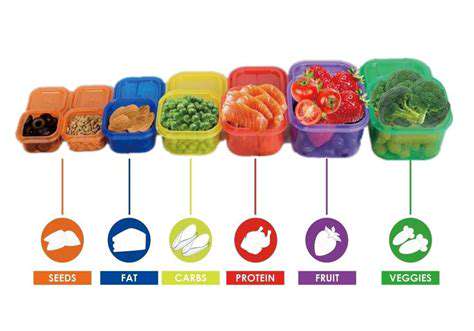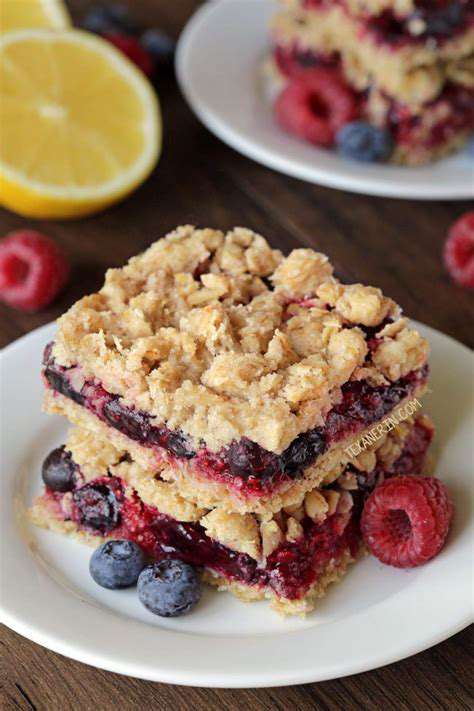Meal Prep for One: Healthy and Delicious Ideas
Quick and Easy Protein-Packed Dishes
Quick Egg Scramble with Veggies
One of the simplest and most effective ways to fuel your body with protein is through a vegetable-packed egg scramble. This versatile dish works perfectly for meal prepping since it keeps well in the fridge and can be tailored to your taste. Start by whisking eggs with a bit of milk or cream for extra fluffiness, then cook diced onions, bell peppers, spinach, or mushrooms in a skillet. Pour the egg mixture over the veggies and scramble until fully cooked. Season with salt, pepper, and your preferred spices. This dish delivers a powerhouse of protein and essential nutrients to kickstart your day.
For a heartier option, mix in pre-cooked diced chicken or ham. This boosts the protein content and makes the scramble more filling. Whip up a big batch on Sunday and divide it into single-serving containers for easy weekday meals.
Mediterranean Quinoa Bowl
Quinoa stands out as a complete protein source, making it ideal for nutritious meal prep. Combine cooked quinoa with crisp cucumber, juicy tomatoes, red onion, briny Kalamata olives, and crumbled feta cheese. The result is a vibrant, flavor-packed bowl. A drizzle of lemon-herb vinaigrette adds a refreshing zing. This meal balances complex carbs, healthy fats, and protein to keep you satisfied and energized.
Cook a large pot of quinoa ahead of time and refrigerate it. Store the chopped ingredients separately, then assemble your bowls fresh each day. For extra protein, toss in grilled chicken or chickpeas.
Lean Turkey Meatloaf Muffins
Give traditional meatloaf a convenient twist by baking it in muffin tins. Using lean ground turkey keeps it healthy while packing in protein. Mix the turkey with breadcrumbs, egg, minced onion, and seasonings like garlic powder and Italian herbs. Shape into muffin-sized portions and bake until done. These portable protein bites reheat beautifully for quick meals.
Pair them with steamed veggies or quinoa for a complete meal. They microwave in seconds, making them perfect for busy schedules.
Chicken Salad Lettuce Wraps
For a light yet protein-rich option, try chicken salad wrapped in crisp lettuce leaves. Combine shredded chicken with diced celery, red onion, and your favorite spices. Toss with a light vinaigrette instead of mayo for a healthier twist. These wraps offer a satisfying crunch while keeping carbs in check.
Prep the chicken salad in advance and store it in individual containers. Keep lettuce leaves separate until assembly to maintain freshness.
Healthy and Flavorful Grain Bowls
Quick & Easy Quinoa Bowls
Quinoa bowls provide endless customization options. Start with this complete protein base, then add roasted sweet potatoes, bell peppers, and broccoli. A sprinkle of herbs and olive oil enhances the flavors. Toasted pumpkin seeds add satisfying crunch and healthy fats.
Boost the protein with chickpeas or lentils. A lemon vinaigrette or tahini dressing ties everything together beautifully.
Mediterranean Medley Bowls
Bulgur wheat forms the base for this Mediterranean-inspired bowl. Its nutty flavor complements cucumber, tomatoes, olives, and feta cheese. The colorful combination delivers vitamins, minerals, and healthy fats in every bite.
A lemon-herb dressing enhances the flavors. Experiment with different herbs and spices to suit your taste.
Hearty Farro Bowls
Farro's chewy texture makes it ideal for substantial grain bowls. Pair it with roasted carrots, zucchini, and Brussels sprouts. A drizzle of balsamic glaze brings all the flavors together.
Savory Brown Rice Bowls
Brown rice serves as a versatile foundation for nutritious bowls. Top with grilled chicken or tofu, plus steamed vegetables like asparagus and peas. Toasted sesame seeds add extra crunch and flavor.
A soy-ginger or sriracha-lime dressing gives it an tasty kick. Prep components in advance for quick assembly.
Portioning and Storage Strategies

Optimal Portioning Techniques
Proper portioning is key to maintaining a balanced diet and preventing waste. Understanding serving sizes for different food groups helps create nutritious meals. Using measuring cups and smaller plates promotes better portion control.
Refrigeration and Freezing Strategies
Keeping perishables at the right temperature prevents bacterial growth and maintains freshness. Organize your fridge carefully, keeping raw and cooked foods separate.
Freezing for Extended Storage
Proper freezing techniques preserve both quality and nutrition. Blanch vegetables before freezing, and always use airtight containers with clear labels.
Dry Storage Best Practices
Store dry goods in cool, dark places in sealed containers. Regularly rotate stock to ensure freshness and prevent spoilage.
Safe Food Handling During Storage
Maintaining cleanliness prevents cross-contamination and foodborne illness. Regularly clean storage areas and follow proper temperature guidelines for different foods.











